VIRGINIA GORDON
Communications Coordinator
When Quarry Trails Metro Park opened in December 2021, it became the 20th park in the Columbus and Franklin County Metropolitan Park District, located in Central Ohio. This remarkable achievement heralds an exciting future for Metro Parks, while also stimulating a proud look to the past and a reminiscence of how Metro Parks got to where it is today. Arising from this look back, 20 IN 22 (20 Metro Parks in 2022) is our theme for the year, our celebration of Metro Parks today!
As the year progresses, the 20 IN 22 blog series will focus on different aspects of the parks today. For this first blog in the series we want to take you back to the beginning, and fast-forward through the decades as Metro Parks grew from the kernel of an idea in the minds of our community leaders, to a full-grown park district spread over more than 28,400 acres of land in seven Central Ohio counties.
FIRST STEPS
Day One for the Columbus and Franklin County Metropolitan Park District was on Tuesday August 14, 1945. On that morning (just one day before World War II ended), the park district was created in law by Franklin County Probate Court Judge Cloys P. McClelland, following a public hearing. This law was a state statute, passed in 1917, which provided for “the conservation of natural resources by the creation, development and improvement of park districts,” and which ultimately led to the visionary foresight of local citizens and environmental groups and the formation of plans for a park district in Columbus and Franklin County.
As the head of a Metropolitan Park Study Committee, Walter A. Tucker had prepared and presented a report endorsing a Metro Park system for Franklin County, a report of such clarity and vision that the three members of the first board of park commissioners (appointed on the same day, August 14, 1945) persuaded Mr. Tucker to accept an appointment as the “temporary secretary” of the new park district. Two years later, Mr. Tucker would become the first director-secretary of Columbus & Franklin County Metro Parks, and would continue to lead the park district for 25 years.
There was a groundswell of support for the new park district amongst local community groups and newspapers, affirming the park commissioners’ contention that Metro Parks should be large natural areas beyond city limits and developed along major streams and waterways.
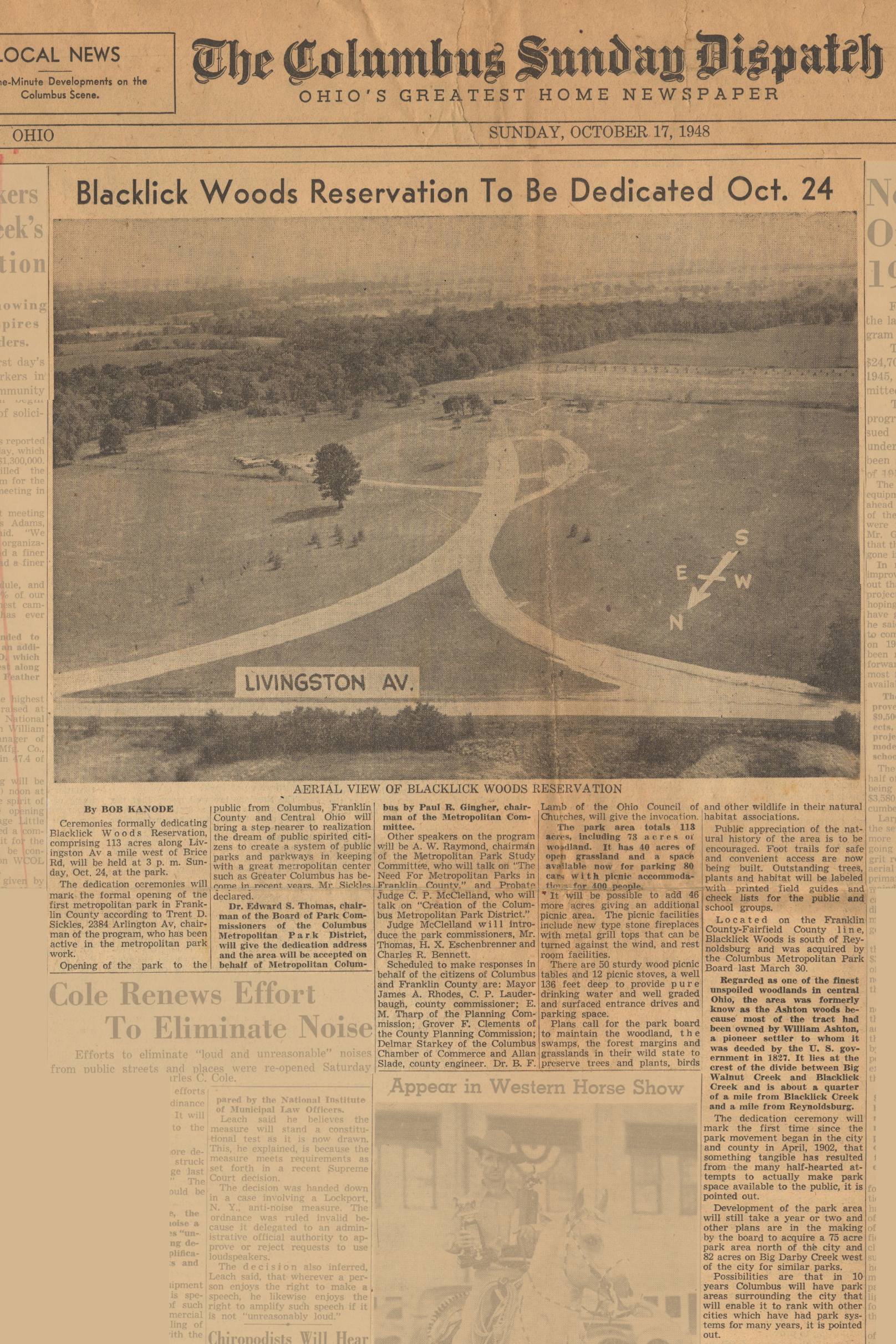
x
THE FIRST PARKS
A 113-acre tract of land, advertised for sale in a local newspaper, became Walter Tucker’s first acquisition of land for the new park district. The land included a 54-acre swamp-forest, a natural area untouched by farming or development. The swamp-forest is still there today and is now a state nature preserve, The Walter A. Tucker State Nature Preserve. This purchase accorded perfectly with both the legal and philosophical demand for conservation, as enshrined in the Metro Parks law and in the vision of its community founders.
Passive recreation and the opportunity for people to discover and experience nature were also tenets of the Metro Parks philosophy. Amidst much fanfare, the 113-acre parcel was opened to the public in October 1948 as Blacklick Woods Reservation, the first park in the Columbus and Franklin County Metropolitan Park District. The new park included parking spaces for 80 vehicles, and could accommodate up to 400 people across several picnic locations. Note that in the early days, Metro Parks called its parks “reservations”, following the naming convention used by Cleveland Metroparks. This naming convention continued with the opening of Blendon Woods Reservation on Labor Day, 1951, but by 1959, when Darby Creek opened, the familiar “Metro Park” became the regular nomenclature.
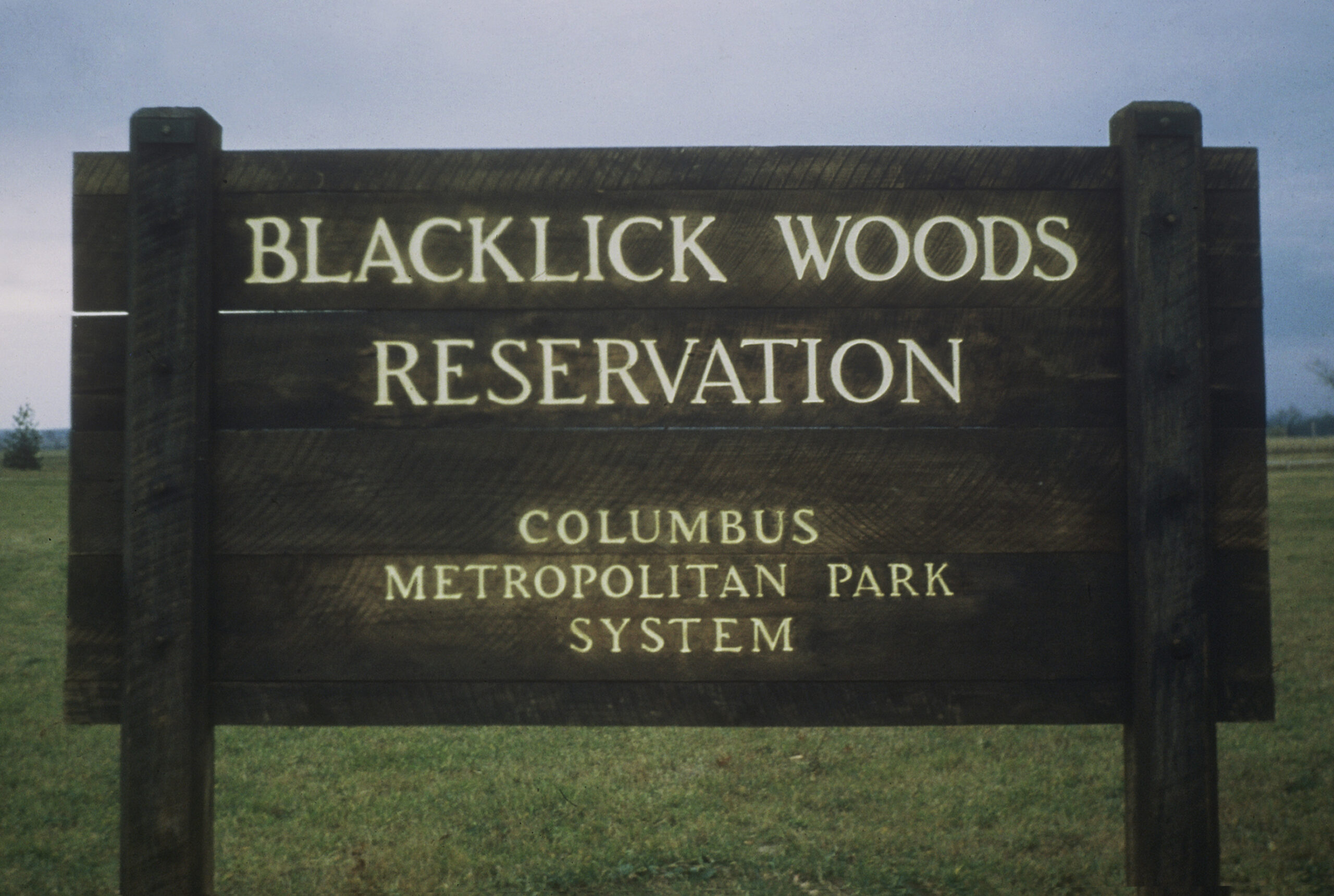
x
HIGH PUBLIC USE
Although Reynoldsburg is now a heavily built-up area, in 1948 the location of the Reservation was considered “out in the sticks.” But that didn’t keep people away. The popularity of the new park surprised even the most optimistic of park founders. Blendon Woods was even more heavily attended in its early years. In 1953, more than 200,000 people visited the two Metro Parks. In the following year, more than 800 cars were recorded entering Blacklick Woods on peak days (weekends and holidays), and almost twice as many at Blendon Woods.
NO “HEEDLESS HORSEBACK RIDING” — AND OTHER RULES!
You gotta have rules, right…? Everyone agreed that the new Metro Parks were great spots for a picnic, but with such high numbers of guests, and limited resources, tensions could flare. A trend of very large unruly groups of 300 people or more monopolizing picnic areas became on ongoing problem. It led to the creation of regulations governing behavior in the parks, and the employment of the park district’s first commissioned Park Ranger in 1952.
The first group permits were issued, limiting groups to a maximum of 200 people. And the first set of park rules and regulations were incepted, including clauses about fires, trash, disorderly conduct, drunkenness, obscenity, speeding, reckless driving… and, yes, even heedless horseback riding! (No perpetrator of heedless horseback riding has yet been found in the charge record, and today Metro Parks has many beautiful bridle and horseback riding trails to enjoy.)
DAY CAMPS AND EDUCATION ARE AN IMMEDIATE HIT
Metro Parks quickly became the major sites for “Day Camp” activities. The local Camp Fire Girls chapter camped at Blacklick Woods from the first year on, and were allowed to replace their tent with a frame shelter by 1951. The Franklin County Girl Scout Council donated a building and other improvements at Blendon Woods Reservation even before it was opened to the public. Local chapters of YMCA also organized day camps in the parks, at which kids aged 6 to 14 were taught outdoor living skills, nature lore and outdoor crafts.
The parks also cooperated with Columbus Public Schools, which conducted hundreds of conservation education classes at Blacklick Woods for thousands of fifth grade pupils. In time, this led to education initiatives such as Students Exploring Ecosystem Dynamics (SEED), an ongoing program for 5th grade students of in-class presentations and field trips to the parks, in which park naturalists and school educators teach a fifth-grade life science curriculum.
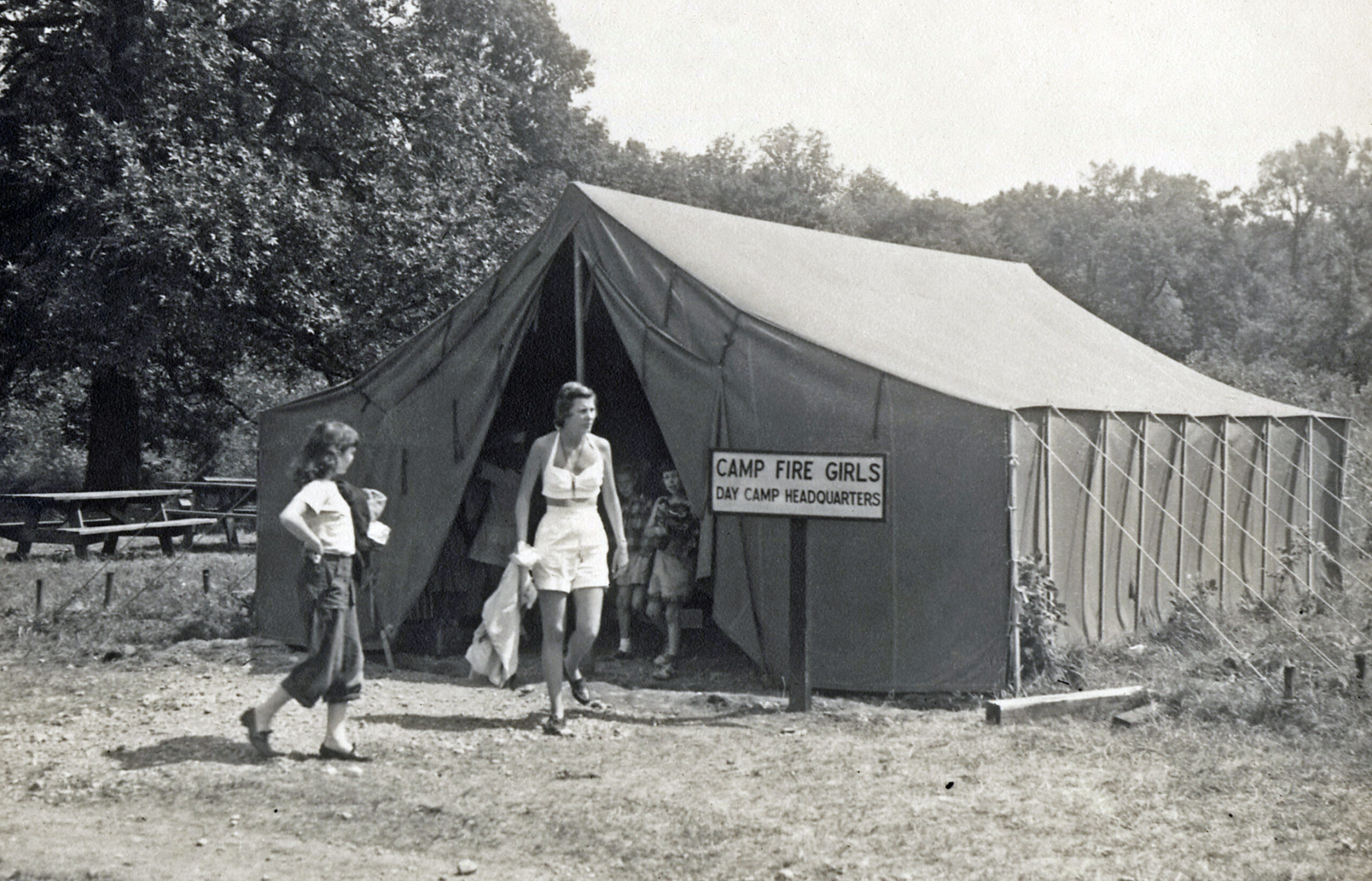
x
NO STONE LEFT UNTURNED… GOLFING OR HOUSING DEVELOPMENT?
In 1967, Stoney Creek Country Club, which ran a 126-acre golf course adjacent to Blacklick Woods, fell into financial trouble and offered its golf course for sale to Metro Parks. Although a golf course didn’t fit the criteria for a natural area park, the stated alternative, that Stoney Creek Country Club would reduce the course to 9-holes and sell off the remainder of its land for housing development alongside the Blacklick Woods Metro Park boundary, sharpened minds on the board of park commissioners. A well-run golf course was preferable to housing development, and that’s how Metro Parks entered the golf business.
The decision has proven wise. Audubon International has certified Blacklick Woods Golf Course as a Cooperative Sanctuary for its comprehensive environmental management and protection of wildlife habitats — a place where birds and “birdies” peacefully coexist.
EXPANSION AND NEW HORIZONS
A fourth park, Sharon Woods Metro Park, opened in 1968. The 1960s proved to be a decade of steady expansion for the park district. More than 4,500 acres of land were acquired, including land for future parks at Highbanks (opened 1973), Slate Run (opened 1981) and Chestnut Ridge (opened 1989). More than 5 million people visited Blacklick Woods and Blendon Woods in the 1960s, and Darby Creek Metro Park had 1.25 million guests in the same period.
In the following decade, major land acquisitions included 1,460 acres that would eventually be added to Darby Creek Metro Park, and 1,885 acres of what would become Clear Creek Metro Park (opened in1996). With the help of the Nature Conservancy’s Pickerington Ponds Committee, Metro Parks acquired its first 126 acres of the area that ultimately become Pickerington Ponds Metro Park (opened in 1989). In 1971 the Metro Parks Headquarters relocated from East Broad Street in Columbus to its present location, the former Dunn house in Sharon Woods Metro Park.
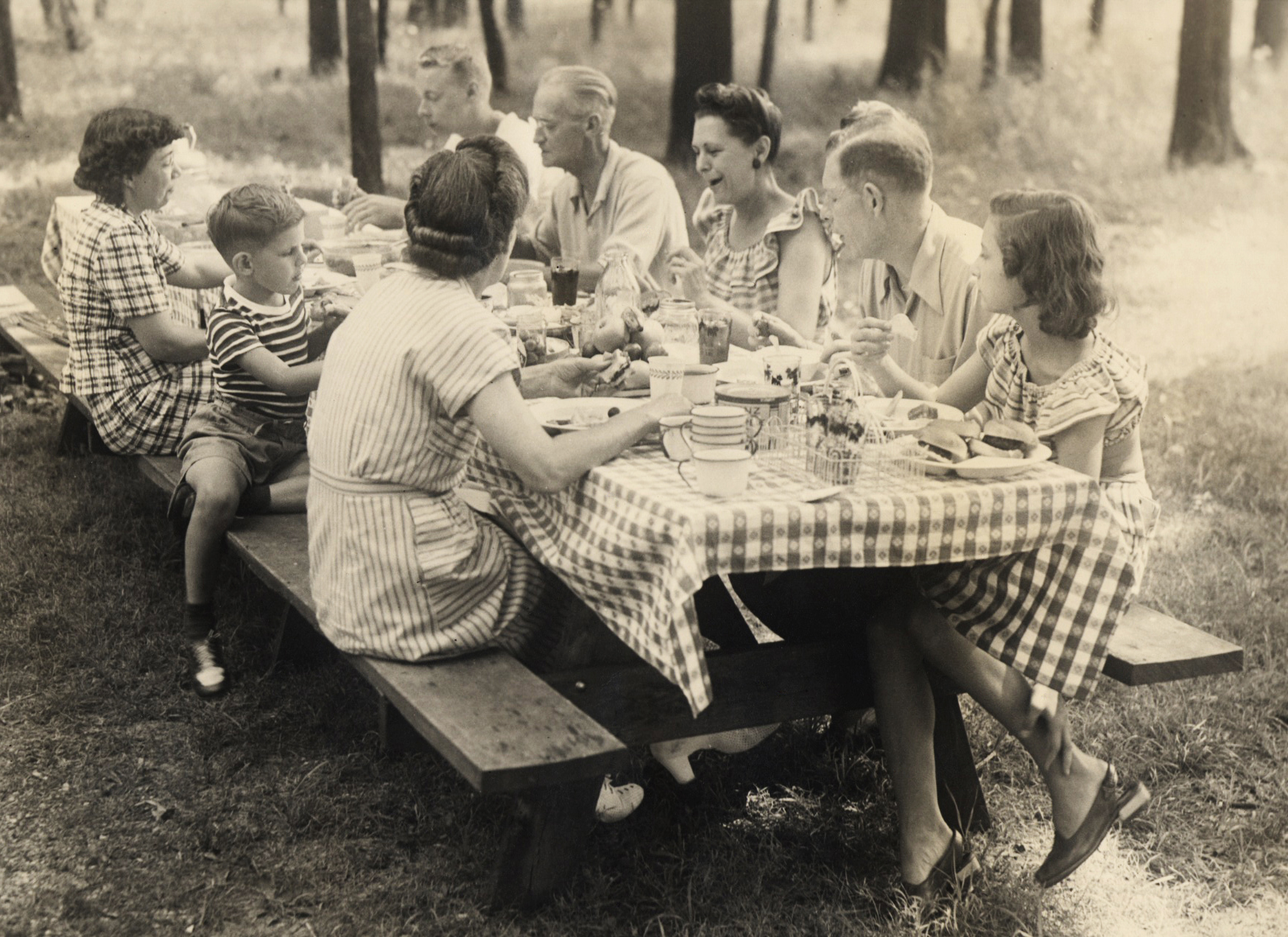
x
THE GIFTS THAT KEEP ON GIVING
Judge McClelland clearly believed in the organization he had helped to create, and as quoted in a November 1949 edition of The Columbus Citizen (a daily Columbus newspaper that regrettably ceased publication in 1959), said, “If I had a million dollars, I would leave half of it to the metropolitan park system.”
Fast-forward to 1977, and the largest gift ever bestowed on Metro Parks was made by the Battelle Memorial Institute Foundation – a full one million dollars! This wonderful gift was made to help Metro Parks acquire about 2,400 acres of land on either side of Big Darby Creek, adjacent to the then 398-acre Darby Creek Metro Park. The acquisition was necessary to protect a large stretch of Central Ohio’s last major free-flowing stream from housing or industrial development. To acknowledge the gift, the park district changed the name of the park to Battelle Darby Creek Metro Park. The Battelle Foundation gift was matched by a grant from the U.S. Department of the Interior’s Heritage Conservation and Recreation Service.
The importance of Big Darby Creek is recognized by environmentalists for its high water quality, the presence of rare and endangered aquatic species, and for it scenic beauty. In 1991, it was named by the Nature Conservancy as one of the “Last Great Places” in the western hemisphere. Big and Little Darby Creeks are also state and national scenic rivers, and both flow through Battelle Darby Creek Metro Park.
The acquisition of land has protected these pristine rivers and their watershed from environmental degradation and has also helped to make Battelle Darby Creek Metro Park the largest Metro Park in Ohio, currently standing at 7,093 acres.
GENESIS OF A LIVING HISTORICAL FARM
In the early 1960s, a 300-acre farmland in Pickaway County closed down. The farm had been cultivated continuously since 1805, and included a farmhouse, built in 1856, and a barn built in 1881. Metro Parks planners were eager to preserve the agricultural heritage of greater Columbus and purchased the site in 1964. It would take 17 years of restoration and hard work before the concept of a Living Historical Farm could be made a reality.
Field trips from Columbus and Central Ohio schools introduce thousands of children every year to the rigors and rewards of farm life in the late 19th century. Originally conceived as a “children’s farm and pioneer home,” Slate Run Living Historical Farm opened in 1981, as part of the 1,705-acre Slate Run Metro Park. Farming is done as it was done in the 1880s, without electricity and using tools, animal species and farming practices from the era.
The restored farmhouse and barn were added to the National Register of Historic Places in 1975, eight years before the Living Historical Farm was opened to the public.
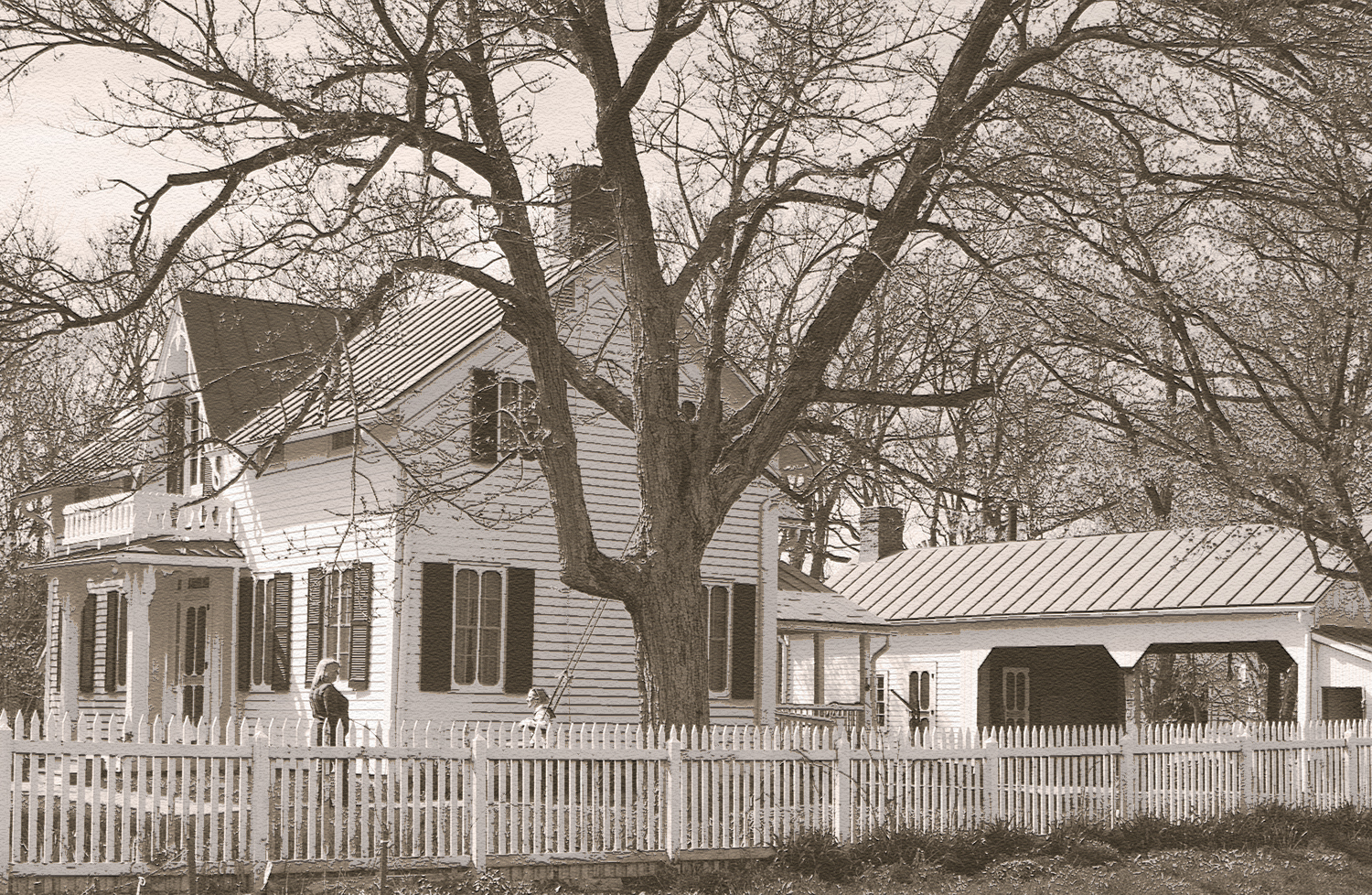
x
GIFTS OF LAND FOR INNISWOOD AND CLEAR CREEK
The core of Inniswood Metro Gardens (opened in 1984) is the 37-acre estate of sisters Grace and Mary Innis. Mary decided to gift the estate to Metro Parks in 1968, with the stipulation that she be allowed to live out her life in her home, and that the sisters’ beloved gardens and woodlands would be preserved for future generations to enjoy. Now a renowned 121-acre botanical gardens, Inniswood honored the memory of Grace and Mary by creating the 2.8-acre Sisters’ Garden in 2002. Their former home is now Innis House, which provides office space, a library and a meeting room for horticultural groups.
A large section of Clear Creek Metro Park (opened in 1996) is the result of a donation of 1,159 acres of land in Clear Creek Valley, gifted to Metro Parks by the children of Columbus industrialist, Allen F. Beck. One proviso of the agreement between Metro Parks and the Beck family was that a minimum 75 percent of the acreage should be dedicated as a State Nature Preserve. The gifted land formed part of the much larger Allen F. Beck State Nature Preserve, which, at 4,729 acres, is the largest state nature preserve in Ohio, and one of five state nature preserves within the park district.
The other state nature preserves in Metro Parks are the 54-acre Walter A. Tucker State Nature Preserve at Blacklick Woods (already mentioned), the 206-acre Edward F. Hutchins State Nature Preserve in Highbanks Metro Park (named in honor of a former Director of Metro Parks), the 418-acre Pickerington Ponds (Metro Park) State Nature Preserve, and the 320-acre Edward S. Thomas State Nature Preserve in Sharon Woods Metro Park (named after one of the first Metro Parks board commissioners and a leading Ohio naturalist).
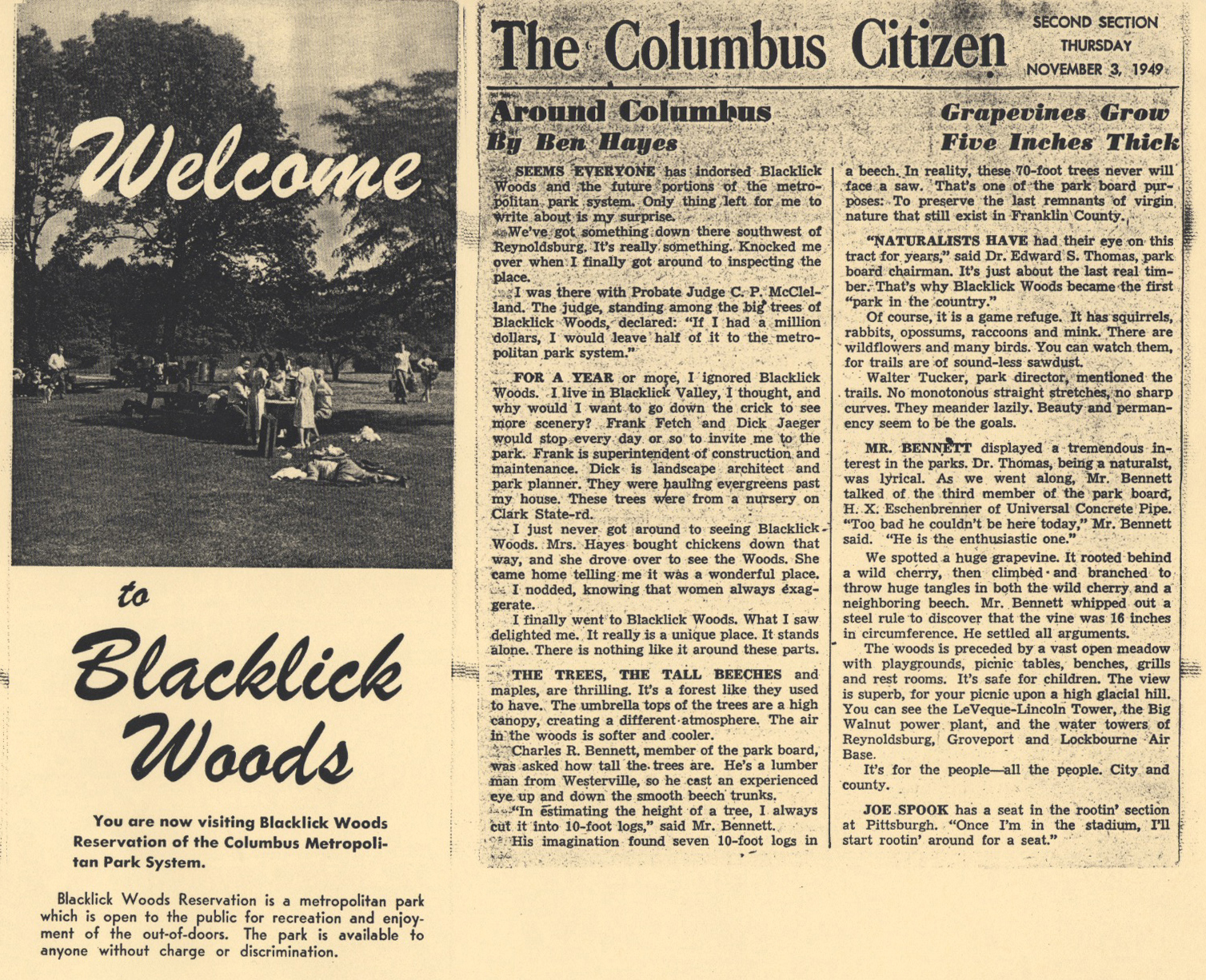
x
PARKS FOR THE 21st CENTURY
Two years before the turn of the century, Three Creeks became the 11th park in the Columbus and Franklin County Metropolitan Park District. Metro Parks sought a replacement levy from Franklin County voters in 1999 and promised to open four more parks in the next decade. These included a trio of parks that opened in 2002, all on the west side of Columbus – Glacier Ridge Metro Park, Heritage Trail (and its associated 6-mile trail), and Prairie Oaks Metro Park. As Big Darby Creek flows through Prairie Oaks, the new park allowed Metro Parks to extend its protection of this ecologically important creek and its watershed.
In 2008, Metro Parks opened its first park in downtown Columbus, a former brownfield site now transformed into an inner-city green oasis, Scioto Audubon Metro Park. The Grange Insurance Audubon Center was built within the park, reflecting an important partnership between Metro Parks and Columbus Audubon. Active recreational features gave Scioto Audubon a slightly different feel to other parks, and include a 35-foot climbing wall, one of the largest outdoor climbing walls in the country, and a 10-stage obstacle course, built in partnership with the Columbus Rotary Club.
Another four new parks were promised to voters when the next 10-year levy cycle arrived in 2009, and again, Metro Parks made good on that promise. Walnut Woods Metro Park opened in 2011, and three parks opened in successive years, 2014 through 2016 – Rocky Fork, Homestead and Scioto Grove Metro Parks.
The 20th Metro Park, Quarry Trails, results from a promise made in the 2018 Levy that we would have a Metro Park or Greenway Trail within five miles of every Franklin County resident. Quarry Trails completes that objective, and about 350,000 Franklin County residents live within five miles of the park.
Within the present decade, Metro Parks also plans on opening another park in the southeast sector of Franklin County, formerly known as Hoover YMCA Park (Hoover Y-Park). The expansion of Metro Parks represents a continuing fulfillment of the concepts and designs left to us by those early visionaries who created what has now become the largest metropolitan park district in the state of Ohio.
Stay tuned for more blog posts in this 20 IN 22 series, highlighting exciting attractions, distinctive park features and historical facts throughout the park district, and be sure to check back often for updates.
See you soon at Metro Parks!

Thank you for providing this informative history of the Metro Parks. Please keep adding more land and more parks to meet the needs of Central Ohio’s growing population. Thanks, as well, to the dedicated staff for the welcome they continue to provide during the Covid pandemic.
Mark and Sue Real